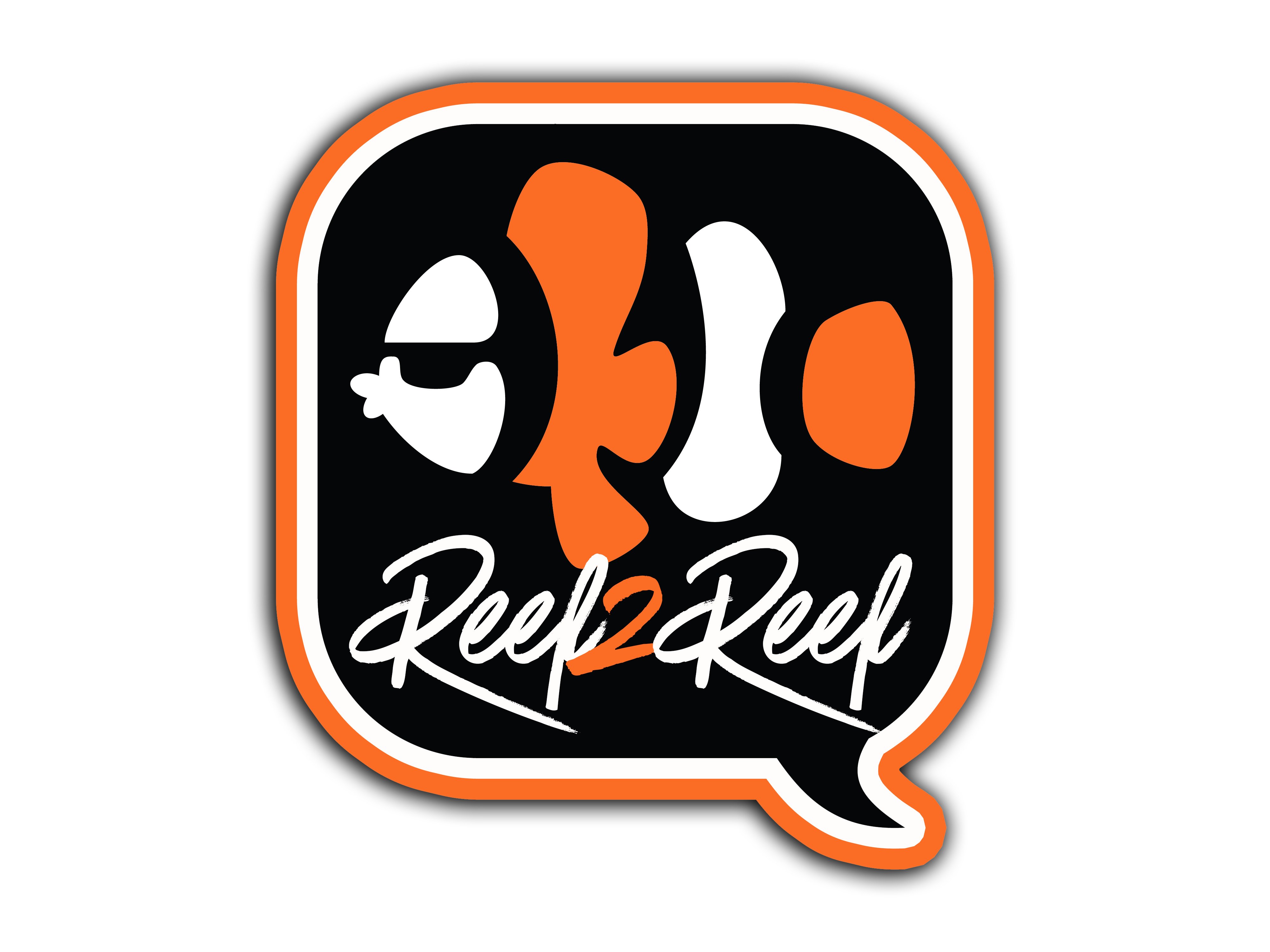Randy Holmes-Farley
Reef Chemist
View Badges

Staff member
Super Moderator
Excellence Award
Expert Contributor
Article Contributor
R2R Research
My Tank Thread
pH buffers are very simple to make, and are surprisingly expensive to buy. For that reason, I thought DIY pH buffers would be a good article in the future. Easy to make, last a good while in a cheap closed soda bottle, and one can easily make a lot at once.
What I don't know is what pH values people really need these days. Obviously we want to bracket the pH in reef tank, with something like 7 and 10.
Many pH meters allow you to use most any pH values you want to calibrate, and can use more than 2 buffers.
But the simpler devices are usually only 2 (just one is a bad idea), and often they are fixed.
So what fixed values do people need?
One reason I'm asking is that a surprisingly large numbers of inexpensive buffer packet sets are 4, 7, and 9.18. I've never personally used a meter that needed pH 9.18, but they may exist.
Are there common reefing pH meters that need pH 9.18 for calibration? If so, its easy to make. if not, I won't bother since some do require pH 10.
TIA.
What I don't know is what pH values people really need these days. Obviously we want to bracket the pH in reef tank, with something like 7 and 10.
Many pH meters allow you to use most any pH values you want to calibrate, and can use more than 2 buffers.
But the simpler devices are usually only 2 (just one is a bad idea), and often they are fixed.
So what fixed values do people need?
One reason I'm asking is that a surprisingly large numbers of inexpensive buffer packet sets are 4, 7, and 9.18. I've never personally used a meter that needed pH 9.18, but they may exist.
Are there common reefing pH meters that need pH 9.18 for calibration? If so, its easy to make. if not, I won't bother since some do require pH 10.
TIA.


















